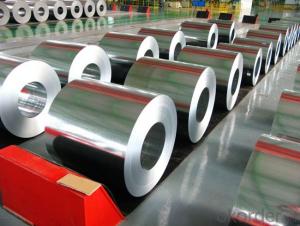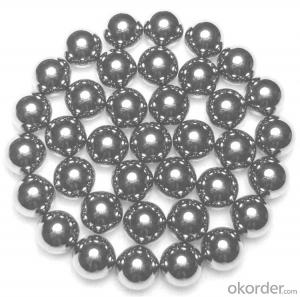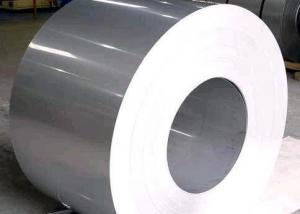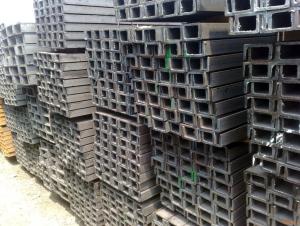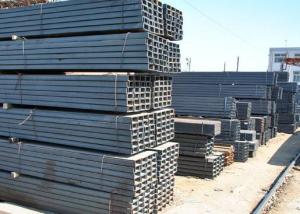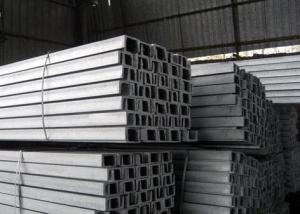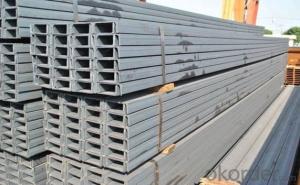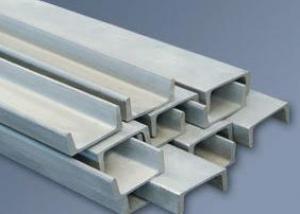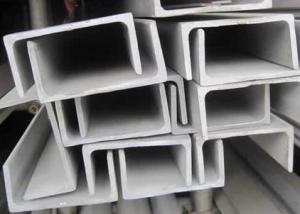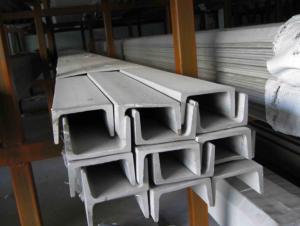Sus304 Stainless Steel
Sus304 Stainless Steel Related Searches
Best Paint For Stainless Steel Blanket Insulation For Steel Buildings Primer For Galvanized Steel Foam Filter For Stainless Steel H S Code For Stainless Steel Surface Grinding Wheels For Stainless Steel Surface Grinding Wheels For Hardened Steel Hole Saw For Stainless Steel Paint For Stainless Steel Stainless Steel For BbqHot Searches
Steel Mesh Panels For Sale Price For Stainless Steel Scrap Scrap Price For Stainless Steel Price For Stainless Steel Stainless Steel Tank For Sale Stainless Steel Sheets For Sale Cheap High Tea Sets For Sale Stainless Steel Tanks For Sale Stainless Steel For Sale High Density Fiberboard For Sale Solar Hot Water Collectors For Sale Scaffolding For Sale In Uae Scaffolding For Sale In Ireland Scaffolding For Sale In Houston Type Of Inverter For Solar Price Of Shipping Containers For Sale Types Of Inverter For Solar Stock Price For Aluminum Used Solar Inverter For Sale Steel Mesh Panels For SaleSus304 Stainless Steel Supplier & Manufacturer from China
Okorder.com is a professional Sus304 Stainless Steel supplier & manufacturer, offers integrated one-stop services including real-time quoting and online cargo tracking. We are funded by CNBM Group, a Fortune 500 enterprise and the largest Sus304 Stainless Steel firm in China.Hot Products
FAQ
- Depending on the specific application and desired stability, stainless steel channels offer various connection options. The welded connection is a common choice, where channels are joined by welding, resulting in a durable and strong connection suitable for high-strength applications. Welding techniques such as TIG, MIG, or spot welding can be utilized for achieving welded connections. Another option is the bolted connection, which involves using bolts, nuts, and washers to connect stainless steel channels. Bolted connections are ideal when adjustability or disassembly is required, as they can be easily tightened or loosened. This connection type is commonly employed in construction, infrastructure projects, and industrial applications. For situations requiring flexibility, clamps or brackets can be utilized to connect stainless steel channels. Clamps hold channels together without permanent fixation, allowing for easy adjustment or disassembly. Brackets, on the other hand, provide additional support and stability, particularly in load-bearing applications. Alternatively, adhesive connections can be utilized by employing specialized adhesive compounds to bond stainless steel channels. Adhesive connections are often preferred in situations where drilling, welding, or bolting is impractical or undesired, such as in architectural or decorative installations. Overall, the choice of connection for stainless steel channels depends on factors like application requirements, desired strength level, and ease of assembly or disassembly. It is crucial to carefully consider these factors and seek advice from professionals or engineers to ensure the most suitable connection method is selected.
- Stainless steel channels exhibit exceptional performance in environments with high humidity, renowned for their resistance to corrosion. These channels can endure extended periods of exposure to moisture without succumbing to rust or degradation, making them highly suitable for deployment in regions marked by elevated humidity levels, such as coastal areas or industrial settings. The presence of chromium in stainless steel channels results in the formation of a protective oxide layer on their surface. Acting as a shield against moisture, this layer impedes the metal's interaction with oxygen. Notably, this oxide layer remains steadfast, ensuring the channels retain their resistance to corrosion, even in the presence of high humidity. Moreover, stainless steel channels exhibit resistance to pitting and crevice corrosion, two prevalent issues in environments with high humidity. Pitting and crevice corrosion arise when moisture becomes trapped in small crevices or gaps, leading to localized corrosion. However, the resistance of stainless steel channels to these forms of corrosion guarantees the preservation of their structural integrity, even under humid conditions. In addition to their corrosion resistance, stainless steel channels boast remarkable strength and durability, making them a dependable choice for applications in high humidity environments. They can endure exposure to moisture, humidity, and other environmental factors without compromising their mechanical properties or structural stability. All in all, stainless steel channels represent an exceptional selection for usage in environments characterized by high humidity. Their corrosion resistance, durability, and strength enable them to perform admirably and maintain their integrity, even when faced with the most challenging humid conditions.
- Indeed, industrial piping systems can be supported by stainless steel channels. Renowned for its durability, strength, and resistance to corrosion, stainless steel proves to be an optimal substance for bearing hefty burdens. Typically engineered to furnish structural support and maintain stability within the piping system, stainless steel channels guarantee its steadfast positioning. Furthermore, their resilience against elevated temperatures and adverse surroundings renders them appropriate for a multitude of industrial uses.
- Indeed, the utilization of stainless steel channels is possible for the purpose of supporting conveyor systems. Renowned for its exceptional qualities like robustness, endurance, and immunity to corrosion, stainless steel is an optimal selection for industrial uses, including conveyor systems. By offering structural reinforcement and stability to the conveyor system, stainless steel channels guarantee a seamless and efficient operation. Moreover, the sleek and immaculate appearance of stainless steel channels proves advantageous in industries where hygiene and cleanliness hold utmost significance, like food processing or pharmaceuticals. In conclusion, stainless steel channels emerge as a dependable and efficient resolution for supporting conveyor systems.
- Yes, stainless steel channels can be used for cable trays. Stainless steel is a durable and corrosion-resistant material, making it suitable for cable management systems in various applications. Stainless steel channels provide a sturdy structure to support and organize cables, ensuring efficient and safe cable routing.
- Yes, stainless steel channels can be used in the construction of conveyor systems. Stainless steel is known for its durability, resistance to corrosion, and high strength, making it an ideal material choice for conveyor systems that require reliable and efficient transportation of goods. Additionally, stainless steel's smooth surface allows for easy cleaning and maintenance, ensuring sanitary conditions in industries such as food processing and pharmaceuticals.
- Stainless steel channels are generally considered to be more durable and have a longer lifespan compared to plastic channels. Stainless steel is a strong and corrosion-resistant material, making it suitable for various applications in different environments. It can withstand heavy loads, high temperatures, and harsh chemicals, ensuring long-term durability. On the other hand, plastic channels may have limitations in terms of strength, resistance to wear and tear, and exposure to extreme conditions, which can affect their overall lifespan.


















